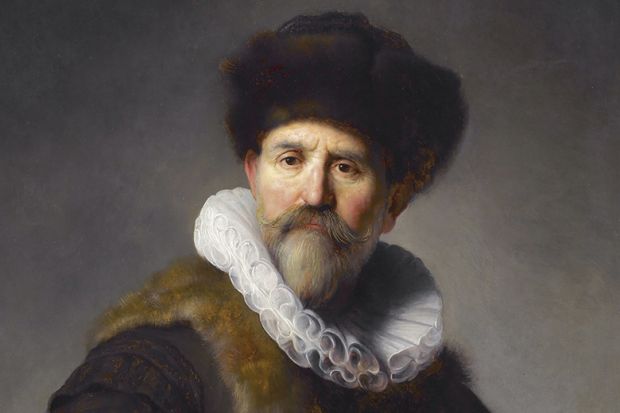Art, and specifically painting as a static form, may express in a single image myriad feelings and emotions, and convey messages without the boundaries of words and sounds. Eric Kandel, a Nobel laureate and a neuroscientist with a deep interest in art, here covers the transition from figurative to abstract painting in a unique and thought-provoking way. Seeing it through the lens of his own discipline, he argues that what happens in this art transition is reductionism, and he goes on to compare it to reductionism in the study of the brain, and tries to integrate the two.
The textbook Principles of Neural Science, with Kandel as its leading editor and author, was one of the bibles at the University of Buenos Aires for us, the young neurobiologists of the late 1990s. We learned to love and hate the Kandel of the textbook; we fought his reductionism when we deemed it necessary and embraced it in order to understand how the brain works, and to learn the functioning of memory at the molecular and cellular level. We predicted his 2000 Nobel prize, because we were fans – cautious fans, there is no other type in science. No one is infallible, and no piece of work, either in science or in art, is infallible. This book is a proposal about the value of brain sciences in the interpretation of the world, and in particular how our current knowledge of neuroscience and cognition can help in unravelling the shift from figures and landscapes to abstract lines, simple shapes and colour in painting.
A few years after Kandel received his Nobel, I visited New York as a graduate student and I met The Guy Himself. He looked like one of my grandpa’s friends, like an old Jewish comedian, but he was serious, and clever. I regret not asking him what he intended to do after winning the Nobel; I thought of Francis Crick, who got the prize for the discovery of the double helix and then became a pioneer in consciousness research. The prize gives you freedom and courage if you are willing to take it. Kandel did; he decided to write books that fuse art interpretation and analysis with the internal mechanisms by which we see.
At the beginning, this book appears to offer a simple parallelism between reductionist approaches to the process of seeing and the simplification of form and content in which art loses figurativeness and gains abstraction. But quite quickly, by the third chapter, it becomes evident that Kandel’s claims are deeper and more creative, as he argues that when we look at a Rembrandt portrait, the computations in the brain follow the path from our eyes through the parts of the brain cortex that are responsible for decoding the edges and line, and orientation and colours. In cognitive neuroscience, this is called a bottom-up approach, implying that most of how we see involves building blocks towards the recognition of a face and torso. But in the case of an abstract painting, most of the legwork is done top down, that is from the imagery and problem-solving brain networks, down to the networks of perception where things are ambiguous and abstract. These ideas on how we see and how art transforms offer just a glimpse of the full-blown version of putative points of contact between art and brain sciences that Kandel proposes in an enjoyable and unique account.
Tristan Bekinschtein is lecturer in the department of psychology, University of Cambridge.
Reductionism in Art and Brain Science: Bridging the Two Cultures
By Eric Kandel
Columbia University Press, 240pp, £21.95
ISBN 9780231179621 and 1542081 (e-book)
Published 30 August 2016




